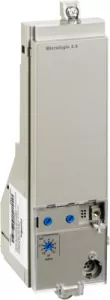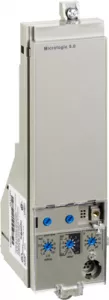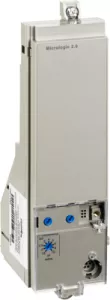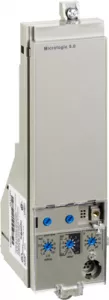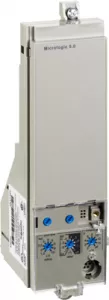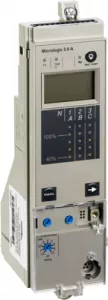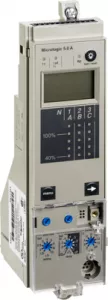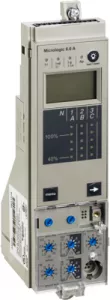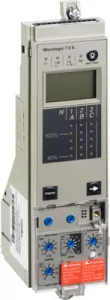Circuit Breakers

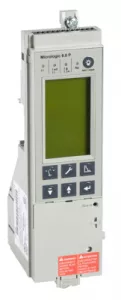
Order No.:
01P5584
Manufacturer SKU:
65294
Order No.:
01P5585
Manufacturer SKU:
65296
Order No.:
01P5586
Manufacturer SKU:
65297
Order No.:
01P5587
Manufacturer SKU:
65298
Order No.:
01P5588
Manufacturer SKU:
65299
Order No.:
01P5589
Manufacturer SKU:
65300
Order No.:
01P5590
Manufacturer SKU:
65301
Order No.:
01P5591
Manufacturer SKU:
65304
Order No.:
01P5592
Manufacturer SKU:
65305
Order No.:
01P5593
Manufacturer SKU:
65306
Order No.:
01P5594
Manufacturer SKU:
65307

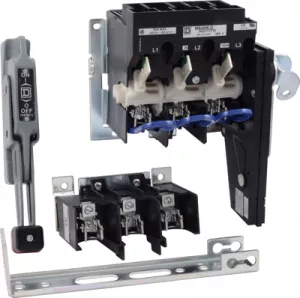
Order No.:
01P6696
Manufacturer SKU:
9422ATCF331

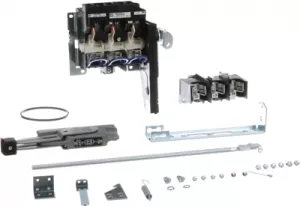
Order No.:
01P6697
Manufacturer SKU:
9422ATDF631

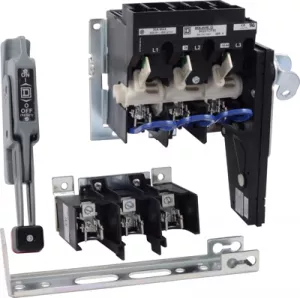
Order No.:
01P6698
Manufacturer SKU:
9422ATEF101

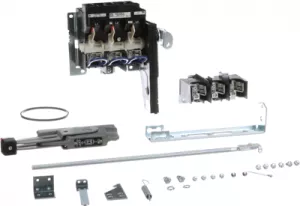
Order No.:
01P6709
Manufacturer SKU:
9422TDF63

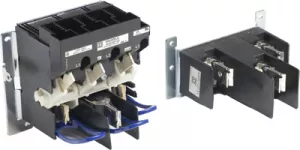
Order No.:
01P6710
Manufacturer SKU:
9422TEF10C

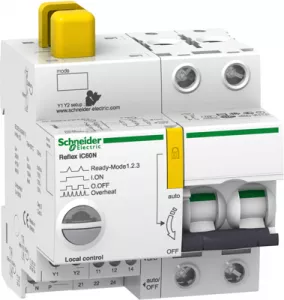
Order No.:
01P6923
Manufacturer SKU:
A9C61210

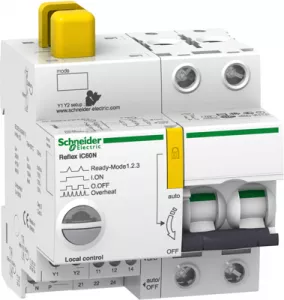
Order No.:
01P6924
Manufacturer SKU:
A9C61216

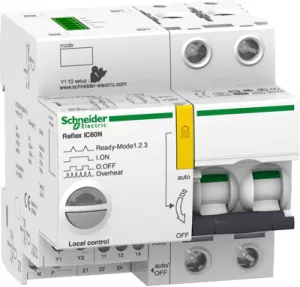
Order No.:
01P6925
Manufacturer SKU:
A9C61225


Order No.:
01P6926
Manufacturer SKU:
A9C61240
Safety guaranteed: Functions and advantages of switch-disconnectors
Circuit breakers are used to protect electrical circuits by automatically switching off in the event of an overload or short circuit. They can be switched back on, eliminating the need for one-way fuses. Switch-disconnectors, on the other hand, specialize in safely isolating electrical circuits from the power supply.
Unlike circuit breakers, switch-disconnectors do not perform a protective function, but merely ensure safe isolation as well as prevention of accidental switch-on. Both electromechanical components are indispensable in electrical installations and in the energy sector, with circuit-breakers primarily ensuring the protection of installations, while switch-disconnectors are used for maintenance and repairs.
